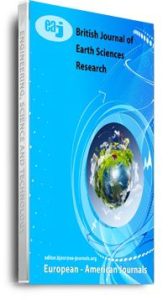Fast and accurate relative positioning for baselines is possible using dual-frequency Global Positioning System (GPS) receivers. In spite of the fact that DGPS technique increased the GNSS accuracy by reducing the errors, it can’t remove the orbital error, ionosphere error and troposphere error. This paper outlines the use of accurate relative positioning for processing GPS data (advantages-and disadvantages) and compares the results with relative positioning of the same point using Mecca permanent GPS observation network. The results and analysis of integrated system are presented. In conclusion, using precise ephemeris from International GPS Services ( IGS ) Network with Klobucher ionosphere model with Hopfield or Saastimoinen troposphere model improve the accuracy of DGPS measurements.
Keywords: DGPS, Hopfield, Klobucher model, RTK, Saastimoinen and IGS

